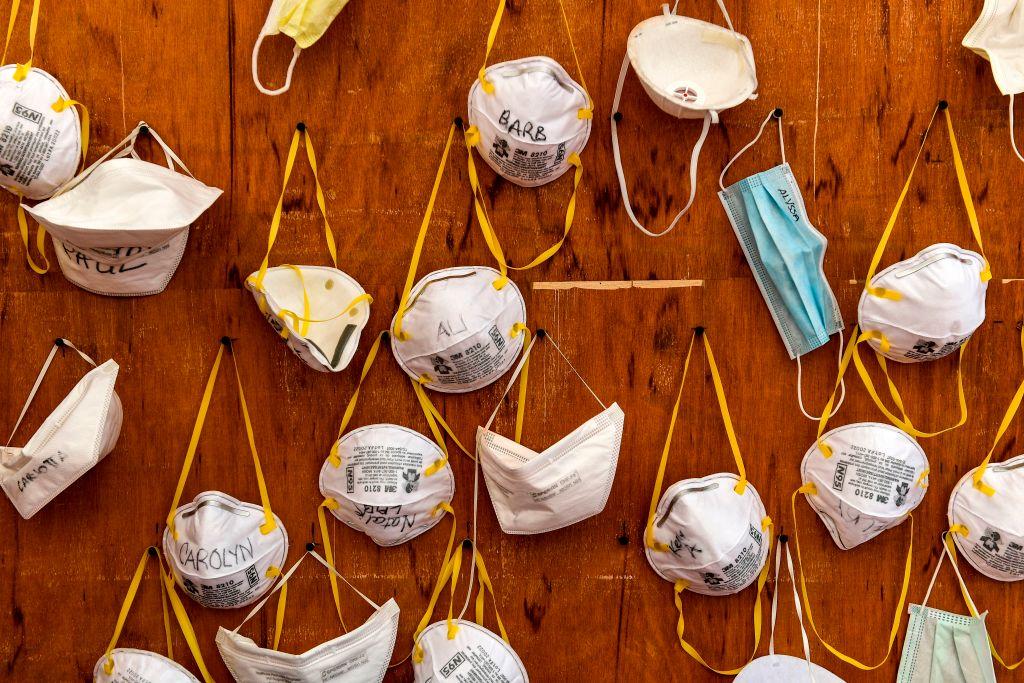
Two adages come to mind as I write this: ‘Don’t put all your eggs in one basket’, and ‘A chain is only as strong as its weakest link.’ Taken together, the two maxims sum up current anxieties about supply chains.
Almost anything and everything that is produced in the world nowadays may be the result of a supply chain: a series of steps in which raw materials and components are produced, assembled and then marketed in a single country or around the world. Some products can require thousands of steps that include hundreds of businesses in dozens of cities or countries.
Supply chains were largely constructed and maintained with little thought given to their resilience. Keeping costs down was paramount. This meant often depending on a single low-cost supplier or producer and limiting inventory size. ‘Just in time’ was the concept that reflected the desire to minimise the gap between when an item was produced or purchased and when it was sold.
But that was pre-Covid-19. Early in the crisis, there were acute shortages of personal protective equipment and pharmaceutical ingredients. Now, supply chains are functioning, but often with long delays tied to shipping. The question of how best to increase supply-chain resilience is now front and centre.
Future outbreaks of infectious diseases could prove far more disruptive. In addition, any of the increasingly frequent and severe effects of climate change—including wildfires, hurricanes and floods—could shut down a production site for weeks or months. Likewise, wars between countries can’t be ruled out, and wars within them are relatively commonplace. Then there’s the potential for work strikes, nuclear accidents, earthquakes, mechanical breakdowns and terrorism.
A second reason for heightened concern over supply chains is how reliant the world has become on China, the world’s largest manufacturer, for critical goods. The pandemic revealed that many countries depend on China for the bulk of their PPE, and China’s decision to block exports of these goods led to widespread shortages. There’s also the concern that an increasingly assertive China might seek to exploit the world’s dependence on it for political purposes.
There are a number of ways to manage these risks. One is to reduce dependence on a single domestic or foreign supplier of a critical commodity or component. This could translate into contracting with, say, half a dozen suppliers, so that if something were to happen to one or even several of them, dependent countries wouldn’t be crippled.
The problem is that ensuring adequate redundancy can be difficult. There may not be alternatives with the needed quality and capacity—and developing them can be expensive and take months or years. But it may be worth doing in certain areas, especially among close partners and allies.
A second approach is to require that some or all of a critical component, medicine or technology be manufactured domestically. This is no guarantee against disruption, because a domestic plant can also be taken offline for any number of reasons, but it creates jobs and reduces some of the uncertainty of depending on foreign sources far away and beyond one’s control.
But reshoring will take time and add costs to production, which would have to be passed on to consumers or be offset by government subsidies. And a larger government role in the economy is often a recipe for waste and corruption.
International trade is underpinned by the concept of comparative advantage, which holds that a country should produce what it is relatively good at and import those items that are relatively more expensive for it to produce. Supply-chain resilience, however, will necessarily mean making some economically inefficient decisions, as countries will want to strengthen their national security by producing items for which they don’t enjoy a comparative advantage.
But there’s another consideration. Who gets to decide when a government can deem that some or all of a particular item must be produced at home? Mandating domestic production resembles nothing so much as import substitution, a form of protectionism in which domestic producers are given priority over international rivals.
Think about it: if every country were to mandate domestic production of ‘strategic’ items, global trade, a powerful engine of economic growth, would drastically shrink just when more growth is needed to lift the world out of the pandemic-induced recession. At a minimum, any move towards increasing domestic production of designated items would need to be implemented in a coordinated fashion at the World Trade Organization, something likely to be easier said than done.
There is one more path to consider: stockpiling. Governments could build and fill stockpiles of critical components needed for their economy and society to provide the necessary cushion against inevitable supply-chain disruptions. Some already do this for oil and select minerals and commodities. Stockpiles could be filled naturally, whether by imports or market-induced domestic production, to avoid the pitfalls of protectionism. Stockpile pooling or sharing arrangements could also be established with other countries to reduce vulnerabilities further.
Any increased resort to stockpiles involves higher costs, as they must be filled, and some of what is purchased may go unused or become unusable. And it’s impossible always to know in advance what will be needed. Still, stockpiling makes good sense.
The Covid-19 crisis has revealed that interconnectedness brings benefits as well as risks to us all. In order to address some of these risks, supply chains will need to be rethought, with more emphasis put on supplier diversification, domestic production and stockpiling. The challenge will be to strike a necessary balance ensuring that a targeted and limited industrial policy doesn’t become a cover for expensive policies that threaten trade and economic growth.